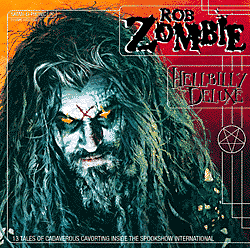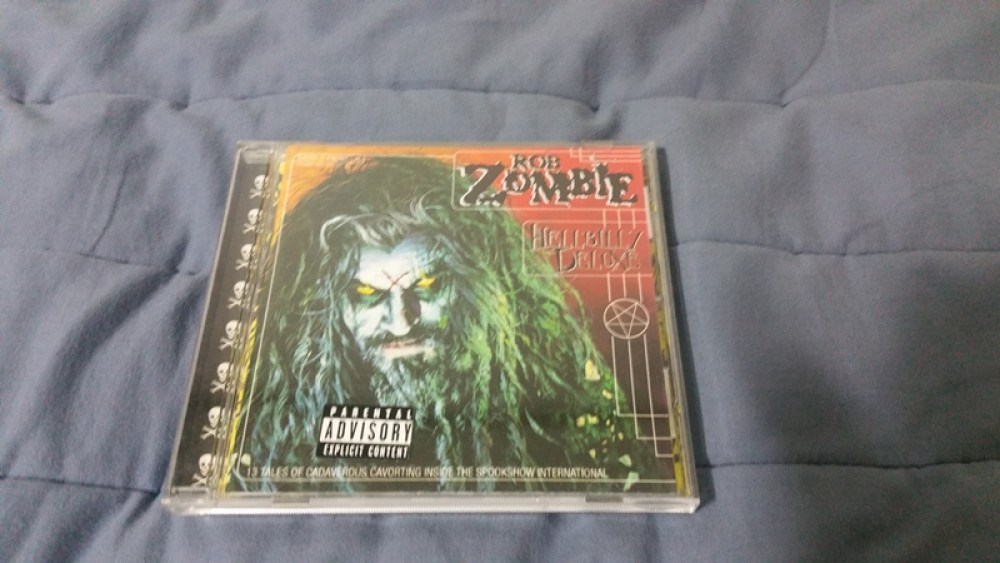

Lawrence Lessig, Remix: Making Art and Commerce Thrive in the Hybrid Economy, (New York: Penguin Books, 2008), 28, 36. Steve Appleford, “Album Review: Rob Zombie’s Hellbilly Deluxe 2,” The Los Angeles Times. This process is experimental and the keywords may be updated as the learning algorithm improves. These keywords were added by machine and not by the authors. This music speaks to Zombie’s transmedia 1 interests, specifically regarding the convergence of electronic music and digital filmmaking in terms of the aesthetic techniques, intertextual resonances, and multi-channel audiovisual capabilities that they share. “Dragula,” from the same album, while it also quotes from horror films, namely Lucio Fulci’s City of the Living Dead (1980), Harry Kümel’s Daughters of Darkness (1971), and Michael Reeves’s Witchfinder General (1968), more cryptically nods to another media format, its title making reference to the name of Grandpa Munster’s dragster in The Munsters television sitcom.

Similarly, “Living Dead Girl,” from the album Hellbilly Deluxe (1998), takes its title from a 1982 exploitation film from Jean Rollin, and it also contains scraps of dialogue from such films as Mel Welles’s Lady Frankenstein (1971) and Wes Craven’s The Last House on the Left (1972). The title for “More Human than Human,” for example, comes from the script for Ridley Scott’s Blade Runner (1982), while the sample in it of a woman moaning in sexual ecstasy comes from the much more esoteric adult science fiction film Café Flesh (1982). Over the course of a career in industrial metal music, Rob Zombie made deft, extensive, and often daring use of track remixing, cross-media sampling, and genre mashup, making allusion to older horror films and incorporating dialogue from them into songs.


 0 kommentar(er)
0 kommentar(er)
